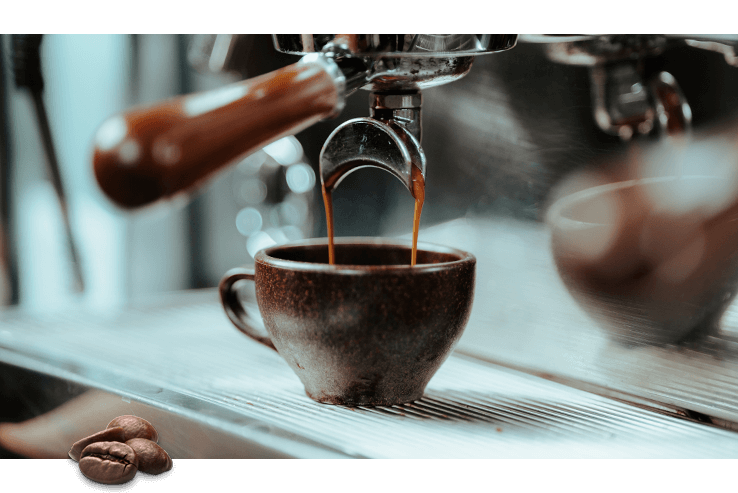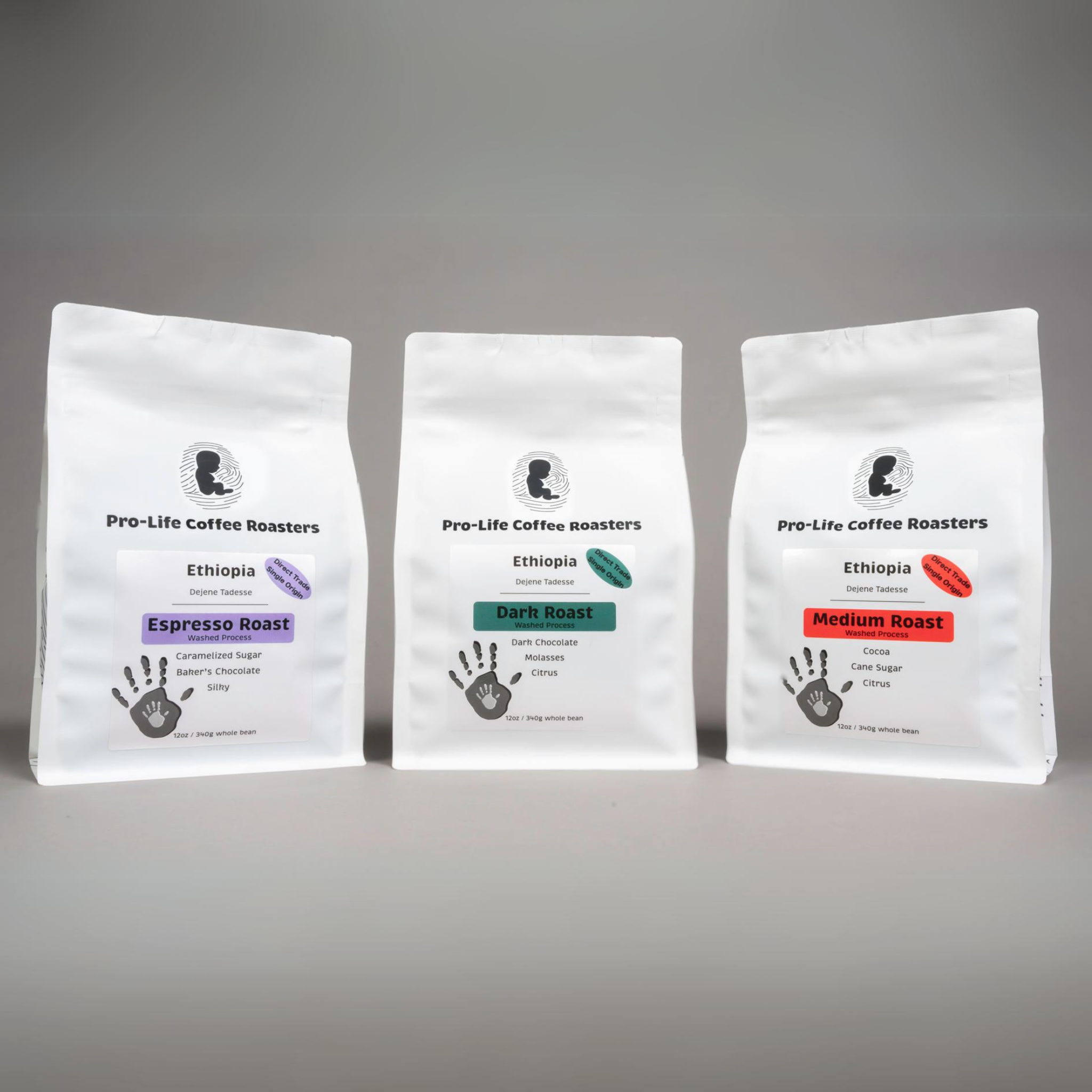A Starter’s Guide to Understanding SOE Single Origin Espresso
A Starter’s Guide to Understanding SOE Single Origin Espresso
Blog Article
Coffee Beans 101: Everything You Need to Know Concerning Espresso and Blended Coffee Beans
When it comes to coffee, understanding the nuances of espresso and blended beans can change your everyday mug. From the growing procedure to roasting methods, every step plays a duty in your coffee experience.
Comprehending Coffee Beans: Selections and types
When diving right into the globe of coffee, understanding the types and ranges of coffee beans is necessary for every enthusiast. Arabica beans are understood for their smooth, complex tastes and reduced caffeine material, making them a favorite among coffee fanatics.
Ethiopian Yirgacheffe supplies bright flower notes, while Colombian beans provide a healthy flavor account. By familiarizing on your own with these beans and their tastes, you'll elevate your coffee experience and make even more educated selections in your brewing journey.
The Expanding Refine: From Seed to Bean
When you discover the trip of coffee, all of it begins with seed option methods that set the foundation for top quality. From there, growing and collecting play important duties in ensuring the beans grow. Processing methods transform those collected cherries right into the coffee beans you enjoy.
Seed Option Methods
Picking the best seeds is important for generating top quality coffee beans, as it lays the foundation for the whole growing procedure. Pay attention to the seed's age and storage space problems, as fresh seeds tend to sprout much better. Consider the disease resistance of different varieties, as this can significantly affect your yield.
Farming and Harvesting
As you support your coffee seeds into flourishing plants, recognizing the cultivation and harvesting procedure is crucial for attaining the best taste and high quality. Begin by planting your seeds in well-draining soil, ideally in a shaded area to shield them from direct sunshine.
Hand-picking is commonly the finest approach to assure only the ripest cherries are chosen. Timing is crucial; harvesting also early or as well late can impact the flavor account of your beans.

Handling Approaches Described
As soon as you have actually collected your coffee cherries, the next necessary step is processing them to transform those vivid fruits into the beans you'll make. In the completely dry process, you spread the cherries out in the sun to completely dry, allowing the fruit to ferment and give distinct flavors to the beans. Recognizing these approaches is essential to enjoying your coffee experience.
Toasting Strategies: Exactly How Flavor Is Developed
When it pertains to roasting coffee beans, recognizing roast levels is key to exposing their one-of-a-kind tastes. Each roasting strategy effects the fragrance and enhances the taste advancement procedure, offering you a richer coffee experience. Let's discover how these elements integrated to elevate your daily brew.
Roast Levels Described
Roast degrees play a vital function in shaping the flavor profile of your coffee. You'll enjoy bright acidity and fruity notes when you pick a light roast. As you relocate to a tool roast, you'll discover a balance of sweet taste and intricacy, commonly highlighting chocolate or caramel flavors. Dark roasts, on the various other hand, provide vibrant, great smoky features with much less level of acidity, making them abundant and robust. Each level results from different roasting times and temperature levels, affecting the beans' chemical structure. By understanding these levels, you can much better pick a coffee that matches your preference preferences. Explore various roasts to find which one reverberates with you, boosting your general coffee experience and satisfaction.
Impact on Scent
The roast level not just influences the preference of your coffee but also considerably impacts its scent. When you choose a light roast, you'll often discover intense, flower notes that can make your coffee odor vivid and fresh. As the beans dim, the aroma changes; a tool roast draws out extra well balanced, caramelized aromas, while a dark roast often tends to feature strong, smoky touches. Each toasting method launches different volatile compounds, shaping exactly how your coffee smells. Additionally, the freshness of the beans plays an important role; freshly roasted coffee launches extra fragrant oils, enhancing that tempting fragrance. So, focus on the roast degree-- it's essential to disclosing the complete aromatic experience of your mixture.
Taste Advancement Refine
As you discover the flavor development process, you'll uncover that roasting strategies play an important duty in forming the preference profile of your coffee. The roasting temperature level and time directly affect the acidity, sweetness, and resentment of the beans. Light roasts retain more of the bean's original flavors, highlighting flower and fruity notes.
Coffee vs. Blended Coffee: Trick Distinctions
Coffee and combined coffee each offer one-of-a-kind experiences that satisfy different preferences and preferences. Espresso is a concentrated coffee brewed forcibly warm water through finely-ground coffee beans, leading to an abundant, bold flavor and a velvety layer of crema on top. It's often taken pleasure in as a shot or used as a base for beverages like coffees and lattes.
On the various other hand, mixed coffee combines various beans from various regions, creating a much more well balanced flavor account. You'll typically discover blends that highlight body, acidity, or sweetness, making them flexible for various developing methods. While espresso concentrates on intensity, mixed coffee might provide a broader variety of flavors that can transform with each sip.
Inevitably, your choice in between espresso and blended coffee come down to your individual preference. Whether you useful link hunger for a fast jolt or a leisurely cup, both choices have something scrumptious to supply.

Developing Approaches: Opening the Perfect Mug
When it involves brewing coffee, discovering the right technique can change your experience and raise your cup. Each brewing strategy has its one-of-a-kind charm and can substantially influence your coffee's flavor and aroma. Utilizing a French press permits you to appreciate a full-bodied and rich brew, while a pour-over approach offers a clean, bright cup with distinctive flavors.
If you like coffee, purchasing a high quality maker can assist you master the art of pulling shots. Conversely, for ease, a single-serve skin system supplies speed without compromising preference.
Do not forget chilly brew, which supplies a smooth, much less acidic coffee perfect for hot days. Explore different methods to uncover what resonates with your taste. Each developing method opens a brand-new globe of opportunities, so make the effort to explore and find your best mug. Delighted brewing!
Sampling Notes: Identifying Flavor Profiles
Just how can you really value your coffee if you do not understand what flavors to search for? Sampling notes are your guide to comprehending the complex globe of coffee. Pay interest to the initial flavors that strike your palate when you sip. You may find fruity notes, like berry or citrus, or possibly a nutty touch. As you continue to taste, notice just how the flavors progress-- this is called the "surface." Some coffees could leave a chocolatey or sugar aftertaste, while others may have an intense, clean finish.
Think about the body of the coffee, as well; is it ventilated and light or thick and syrupy? Do not neglect acidity; an intense level of acidity can add life, while a low acidity could provide a smoother experience. By determining these taste accounts, you'll deepen your link with each mug, making coffee sampling a wonderful trip of discovery.

Tips for Selecting and Storing Coffee Beans
Saving and picking coffee beans appropriately can greatly boost your brewing over at this website experience. Start by selecting high-grade beans that suit your preference. Seek freshness; beans baked within the last 2 weeks are suitable. Examine the roast day on the product packaging, and get from neighborhood shops or credible roasters.
Once you have your beans, save them in an impermeable container to protect against direct exposure to light, air, and dampness. A dark, trendy location functions best, so prevent keeping them in the refrigerator or freezer, as this can introduce wetness. Only grind the quantity you require to keep quality; entire beans retain moved here flavor longer than pre-ground coffee.
Last but not least, attempt to use your beans within two to four weeks after opening for peak preference. Complying with these ideas will assure your coffee remains delicious and satisfying, elevating your day-to-day brew to new heights.
Often Asked Inquiries
How Much Time Do Coffee Beans Remain Fresh After Roasting?
Coffee beans remain fresh for regarding two weeks after roasting - SOE. You must keep them in an airtight container, far from light and dampness. Afterwards, their flavor and aroma start to diminish substantially

Can I Mix Different Coffee Bean Varieties?
Definitely, you can mix various coffee bean varieties! Explore blends can enhance flavors and produce a special preference profile. Simply make certain to stabilize the toughness and features of each selection for the ideal outcomes.
What Is the Ideal Grind Dimension for Espresso?
For coffee, you'll want a great work size, regarding the texture of salt. This enables ideal removal, leading to an abundant, delicious shot. Experiment a little bit to find what fits your preference best!
How Does Altitude Affect Coffee Bean Flavor?
Altitude impacts coffee bean flavor by affecting the development rate and chemical make-up. Greater altitudes cause slower growth, which boosts level of acidity and intricacy, providing your coffee a vibrant and special preference you won't neglect.
Are There Decaffeinated Variations of Coffee Beans?
Yes, there are decaffeinated variations of espresso beans. You can appreciate a rich espresso flavor without the high levels of caffeine kick. Simply search for "decaf" blends at your neighborhood coffee shop or specialty shop.
Coffee Beans 101: Every Little Thing You Need to Know About Espresso and Blended Coffee Beans.
When diving right into the globe of coffee, understanding the types and ranges of coffee beans is crucial for every lover.When it comes to toasting coffee beans, recognizing roast levels is vital to disclosing their one-of-a-kind tastes. Espresso is a concentrated coffee made by compeling warm water via finely-ground coffee beans, resulting in a rich, vibrant flavor and a velvety layer of crema on top.On the various other hand, mixed coffee incorporates numerous beans from different regions, producing a much more balanced taste account.
Report this page